- The construction of the One Belt One Road after seven years of construction has gradually assumed its historical mission

In 2020, the new crown epidemic will sweep the world, and the economic, trade and regional construction and development of various countries will be hit. Among them, the construction of the One Belt One Road has received extensive attention from the international community. Some people speculate that due to the epidemic, China's investment in the construction of the Belt and Road projects will be significantly reduced in 2020; some people continue to express concerns about related debt issues; and others are concerned about the Belt and Road projects investing in coal-fired power construction projects in developing countries. At the same time, more people are paying attention to the new opportunities and new trends of the Belt and Road construction in the epidemic and in the post-epidemic era.
1. Overcoming many challenges, the total investment has increased substantially
In 2020, despite the adverse effects of the new crown pneumonia epidemic, China's non-financial direct investment in countries along the Belt and Road has not decreased, but it has been the most one year since the initiative was put forward, an increase of 18.3% over 2019. Compared with the average annual investment over the past year, it has increased by 18.9%. Correspondingly, China's investment in countries along the Belt and Road has increased from 13.6% in 2019 to 16.2% in 2020.

In fact, since the Belt and Road Initiative was proposed in the fall of 2013, China’s non-financial direct investment in countries along the Belt and Road has rapidly increased from about US$10 billion in the previous year to US$12.54 billion in 2014; it continued to increase in 2015. To 14.82 billion U.S. dollars, an increase of 18.2% year-on-year; it fell slightly behind in 2016 and 2017, surpassing 15 billion U.S. dollars in 2018, reaching 15.64 billion U.S. dollars; in 2020, it was as high as 17.79 billion U.S. dollars. Over the past seven years since the Belt and Road Initiative was proposed, China’s total non-financial direct investment in countries along the Belt and Road has exceeded US$100 billion, reaching US$104.72 billion, with an average annual investment of US$14.96 billion.
From a project perspective, during the most severe period of the global pandemic of the new crown pneumonia epidemic, some Belt and Road construction projects were indeed temporarily suspended, but most of the projects resumed work soon. Not only that, China and related countries also launched a number of new construction projects last year, such as the Hungary section of the Hungary-Serbia Railway and the Kohala Hydropower Station in Pakistan. Last year, China signed an agreement with Japan and France to build the first non-fossil fuel charging station in Qatar, and also signed an agreement with Uganda to build a photovoltaic power station.
In short, China's determination to build the Belt and Road Initiative with countries along the route is firm, and there will be no change due to the impact of the epidemic or other factors. As China and related countries such as Saudi Arabia, Egypt, Hungary, Cambodia, the Philippines and other countries jointly establish multilateral financial cooperation centers, and actively expand the space for cooperation in third-party markets, China and related countries will invest in the construction of the Belt and Road project. Continue to show an overall growing momentum.
2. No country has fallen into a debt crisis due to its participation in the joint construction of the Belt and Road Initiative
The country’s debt problem is a historical problem that existed before the Belt and Road Initiative was put forward, and it not only exists in developing countries, but also in developed countries. A typical example is Europe after the 2008 global financial crisis. Some countries have broken out relatively serious debt crises and lasted for a long time.

Since 2008, the most direct reason for the rapid growth of debt in various countries in the world is to cope with the adverse effects brought about by the global financial crisis. Many countries have implemented fiscal stimulus policies. The most typical is the quantitative easing policies implemented by the United States and the European Union. This directly led to a substantial increase in the total amount of funds in the international capital market, and a lot of funds flowed to developing countries. As the total amount of funds is large, the loans issued by international financial institutions are also relatively large, and the foreign debt of many developing countries has also increased.
Since the Belt and Road Initiative was put forward, China has increased its financial support to countries along the route, but China has adhered to three basic principles from the beginning: First, discuss, build and share together, discuss construction projects with relevant countries, and conduct funds through friendly consultations. Arrangements; the second is to adhere to market-led and corporate entities. Chinese companies and companies in related countries carry out project cooperation on the basis of market principles. Project funds are mainly solved by companies through the international capital market, including diversified international financing and PPP financing The number of direct inter-governmental loans is very small; the third is to adhere to the development orientation, and the selection of construction projects is determined according to the needs of relevant national development strategies to ensure that the completion of the project can play an important role in promoting the country’s economic and social development. effect.
Therefore, since the construction of the Belt and Road has been promoted for more than 7 years, no country has fallen into a debt crisis because of its participation in the joint construction of the Belt and Road. Among the debt problems of Sri Lanka frequently mentioned by a few people, the leader of the country publicly stated not long ago that Sri Lanka’s debt to China only accounts for 12% of the country’s total foreign debt, and that most of the country’s debt actually comes from the financial market. Borrowing and loans from multilateral institutions. Even the debts to China are mainly low-interest preferential loans. For the Hambantota port construction project in Sri Lanka, the China Merchants Group undertook the construction to spend a certain amount of funds to purchase 70% of the equity in accordance with market rules and fair trade principles, and to lease the port and surrounding land to build an industrial park for 99 years, which is a typical market behavior. , Should not be politicized. Another example is the debt problem of the China-Pakistan Economic Corridor. In fact, about 80% of the project funds are financed by joint ventures jointly funded by Chinese and Pakistani companies in accordance with market rules. Only about 20% of the funds are debt financing.
After China proposed the joint construction of the Belt and Road Initiative, it has paid special attention to the issue of debt sustainability. In 2017, China signed the "Belt and Road Financing Guidelines" with 26 Belt and Road countries; in 2019, the Ministry of Finance of China issued the "Belt and Road Debt Sustainability Analysis Framework", a process for analyzing the debt sustainability of the Belt and Road projects A detailed analysis framework is proposed with standards, debt risk analysis of the country where the project is located, debt tolerance stress test, debt risk management, etc., to improve the level of debt risk management and improve the economic effect of construction projects.
For those countries that have difficulties in repaying their debts, China has never forced debts, but settled them through friendly consultations. Last year, China cancelled interest-free loans to African countries as of the end of 2020; in order to alleviate the impact of the new crown pneumonia epidemic on the debts of developing countries, China has actively implemented the Group of Twenty (G20) debt relief initiative, and the debt relief amounted to more than one billion US dollars. , Accounting for nearly 30% of the total debt relief of the G20, is the largest contributor in the G20, and even accounted for more than 80% of the total debt relief of the G7 countries.
3. Jointly promote the development of energy transition with relevant countries
An important reason for the backward economic development of most developing countries is the lag in infrastructure construction. Among them, the most serious constraint on the economic development of developing countries is the lack of electricity. Due to lack of electricity, it is difficult for these countries to develop manufacturing, and it is difficult to improve the level of agricultural modernization. By building some power stations in these countries, the power supply capacity can be directly increased, which is of vital importance to promoting their economic development and improving the quality of life of the people. Therefore, in the construction of the Belt and Road Initiative, energy infrastructure construction is of great significance, and there are also many energy projects. Take the China-Pakistan Economic Corridor construction project as an example. Due to the severe power shortage in Pakistan, power station construction projects account for more than 60% of all construction projects.

In general, the basic policy currently implemented by China is to control the scale of coal power development. The government has issued the "Guiding Opinions on Promoting Investment and Financing in Response to Climate Change" to restrict investment in coal-related construction projects; the People's Bank of China revised the "Catalogue of Green Bond Supported Projects" in 2020 and no longer supports coal and coal power And other traditional fossil energy projects.
This basic policy has also been better reflected in the process of co-constructing the Belt and Road Initiative. For example, many of the power stations built by China in Pakistan belong to the type of renewable energy. Hydropower stations include Kalot, Mar, Sugijinari, Dasu, Kohara, Azad Patan, etc.; except In addition to hydropower stations, China has also built many wind power stations in Pakistan, such as Safir, Tapa, Master, Sachar, Hawa, Tricken Poston, etc., and some wind power stations such as Safir and Tower Par and others have been put into commercial operation; there are also clean energy projects such as nuclear power plants such as the Karachi nuclear power project and solar power projects such as the 100MW photovoltaic power station built in Bahawalpur. In addition to building a large number of clean energy power stations in Pakistan, Chinese companies are also building clean energy projects such as the Mozura wind power station in Montenegro and the Dubai CSP station in the UAE.
However, because some countries do not have the resource endowment of clean energy power generation, they have relatively abundant coal resources, and the cost of clean energy power generation is still relatively high. Therefore, there are indeed some coal power projects in the construction of the Belt and Road. For example, China The Sahiwal Power Station and Qasim Power Station built in Pakistan are coal-fired power stations, but they all adopt the world's leading clean coal-burning technology, and their carbon emissions are strictly controlled at the international advanced level.
In short, China is making full use of the opportunity of co-construction of the Belt and Road Initiative, and working with relevant countries to jointly promote the development of energy transition, vigorously develop renewable energy, reduce carbon emissions, and contribute to the active response to climate change; even after comprehensive consideration of various factors, it is still Co-construction of coal power projects with relevant countries will also resolutely achieve low-carbon production and clean production through the use of world advanced technology.
4. Double cycle: new momentum for international cooperation in the Belt and Road Initiative
Based on the new environment and new characteristics that China faces after entering a new stage of development, China has proposed to accelerate the construction of a new development pattern that takes the domestic cycle as the main body and the domestic and international dual cycles promote each other. The so-called "double cycle", one cycle refers to China's domestic economic cycle; the other cycle refers to the cycle between the Chinese economy and the world economy. By constructing a new development pattern of "dual cycles", it can not only further promote China's economic development, but also provide new momentum for world economic development.

From the perspective of the domestic economic cycle, China has a very obvious advantage, that is, the domestic market is huge, and the conditions for forming a virtuous cycle in the country are also available. China has a large population, a relatively large middle-income population, and a large number of market players. Therefore, whether it is consumption or investment, there is a huge market space. Especially in recent years, China's consumption has played an increasingly significant role in supporting the economy: in 2012, China's consumption accounted for only 49.3% of GDP, which is less than 50%, but it exceeded 55% in 2016 and reached 57.8 in 2019. %, the severe epidemic in 2020 brought a certain degree of shock to consumption, so it dropped slightly to 54.3%.
From the perspective of the international cycle, with China’s further opening to the outside world, on the one hand, China’s imports and China’s foreign direct investment continue to maintain a steady growth trend; on the other hand, China’s exports and foreign direct investment continue to grow rapidly.
In 2020, China's foreign direct investment was US$132.94 billion, a year-on-year increase of 3.3%; the same year, foreign direct investment into China reached US$144.37 billion, a year-on-year increase of 4.5%. China became the country that absorbed the most foreign direct investment in the world last year. It can be seen from this that some people who advocate "decoupling" and "de-globalization" are in fact not a reflection of objective reality. On the contrary, as China opens its door wider and wider, China's economic ties with other countries in the world will only grow stronger.
The Belt and Road Initiative is an important platform for China to build a new dual-cycle development pattern. Relying on this international cooperation platform, China and the countries related to the Belt and Road have achieved a series of important results in trade, investment, and international capacity cooperation. In 2020, the import and export trade between China and the countries along the Belt and Road increased by 1%, of which the import and export trade between China and the 10 ASEAN countries increased by 7%; China's non-financial direct investment in the countries along the Belt and Road increased by 18.3 %. On the basis of the further improvement of trade and investment relations between China and ASEAN countries, the 10 ASEAN countries and China, Japan, South Korea, Australia, and New Zealand formally signed the Regional Comprehensive Economic Partnership Agreement (RCEP) in 2020, which will promote the entire region and The economic development of all relevant countries is very important and positive, and it will also have an important positive impact on the further in-depth development of all relevant countries in promoting the joint construction of the Belt and Road Initiative in the region.
5. Digitization: New Opportunities for International Cooperation along the Belt and Road
In the context of the global pandemic of the new crown pneumonia epidemic, great changes have taken place in the exchanges, transactions, and communication methods between countries, between enterprises and between enterprises, and between people. One of the important changes is Internet-based The rapid development has directly promoted the development of many different forms of new business formats, especially the rapid development of digital technology-based service industries such as online shopping, online education, telemedicine, and online games. The digital economy has attracted the attention of all countries in the world. .
Based on the joint construction of the Belt and Road international cooperation platform, China has signed a memorandum of understanding on digital economy cooperation with 16 countries, and has jointly built a "Silk Road E-commerce" cooperation platform with 22 countries. In order to help countries in the Belt and Road fight against the epidemic, Chinese medical experts exchanged experience in epidemic prevention and diagnosis and treatment with counterparts in many countries through video conferences last year.

By advancing the development of digital industrialization and industrial digitalization, the proportion of the digital economy in GDP has increased year by year, which provides a useful reference for countries related to the Belt and Road Initiative. The most important enlightenment is that if developing countries can effectively promote the development of digital transformation in the new development period of the rapid advancement of the fourth industrial revolution, it is possible to embark on a new leapfrog development path. It can be shortened, and it can better meet some of the requirements of the United Nations 2030 Agenda, effectively respond to climate change, and promote sustainable development.
In order to win this huge historical opportunity for the development of digital transformation and give full play to the positive role of the Belt and Road international cooperation platform, we believe that the following four tasks should be paid special attention to:
The first is to make full use of advanced digital technology to help the epidemic prevention and anti-epidemic work achieve better results. For example, China's digital technology that can effectively identify people's new coronary pneumonia infections by scanning the health code is worthy of reference and popularization in the countries of the Belt and Road Initiative. For another example, the exchange of experience in epidemic prevention and anti-epidemic through video conferences, and the implementation of effective consultations through telemedicine will directly help countries achieve better results in epidemic prevention and anti-epidemic work.
Second, in addition to attaching importance to traditional infrastructure, new infrastructure needs to be strengthened. Through the construction of advanced telecommunications infrastructure such as 5G, accelerate the development of digital transformation in developing countries, and promote the economic and social development of smart agriculture, smart manufacturing, smart cities, and information industries based on digital technologies.
The third is to uphold fairness, justice and multilateralism, and jointly maintain data security. China has put forward the "Global Data Security Initiative" in 2020, advocating that all countries work together to maintain the openness, security and stability of the global supply chain, and oppose the use of information technology to damage or steal important data on key infrastructures of other countries, infringe on personal information or engage in targeting other countries For large-scale surveillance, domestic companies must not be required to store overseas data in China or directly retrieve overseas data from companies, and companies must not install backdoors in products and services, etc.
Fourth, in the digital age, attention should be paid to the implementation of effective measures from multiple aspects to prevent some countries and some people from falling into new poverty due to the "digital divide" between regions. Editor/Xu Shengpeng
Comment
 Praise
Praise
 Collect
Collect
 Comment
Comment
 Search
Search


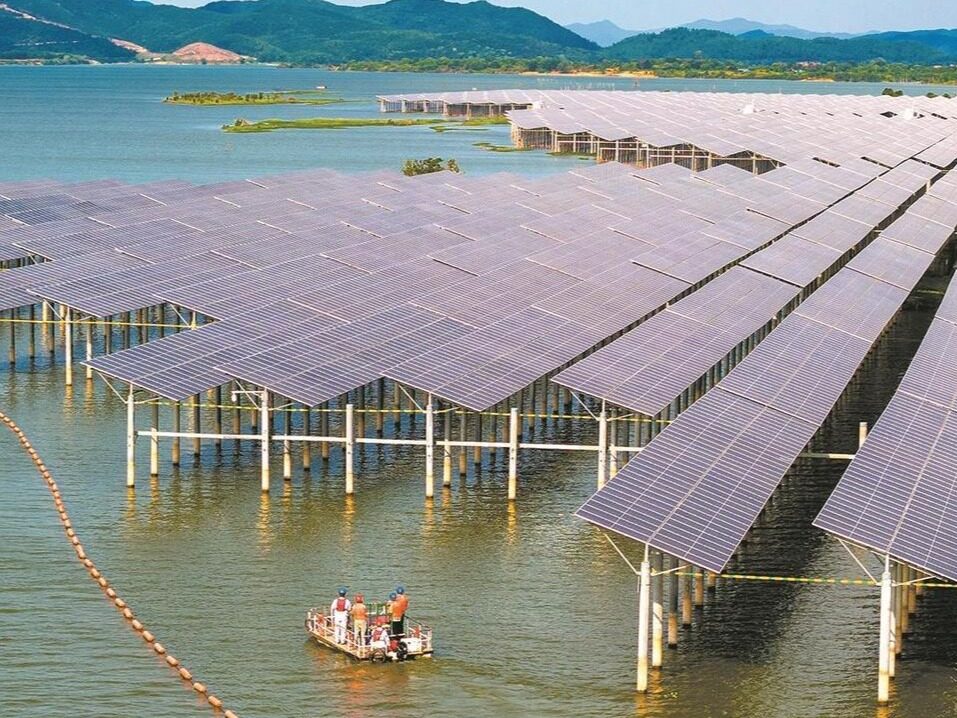
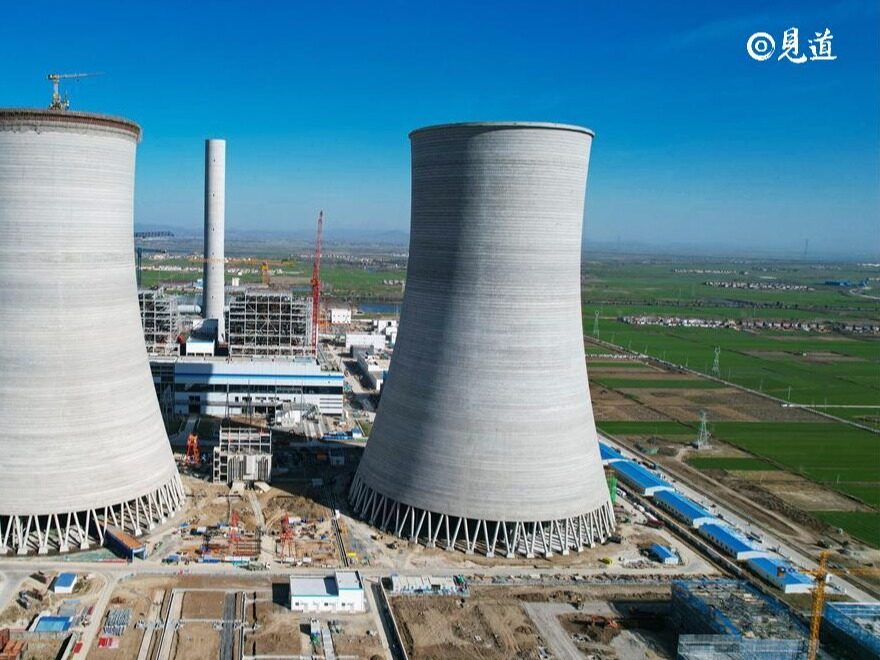
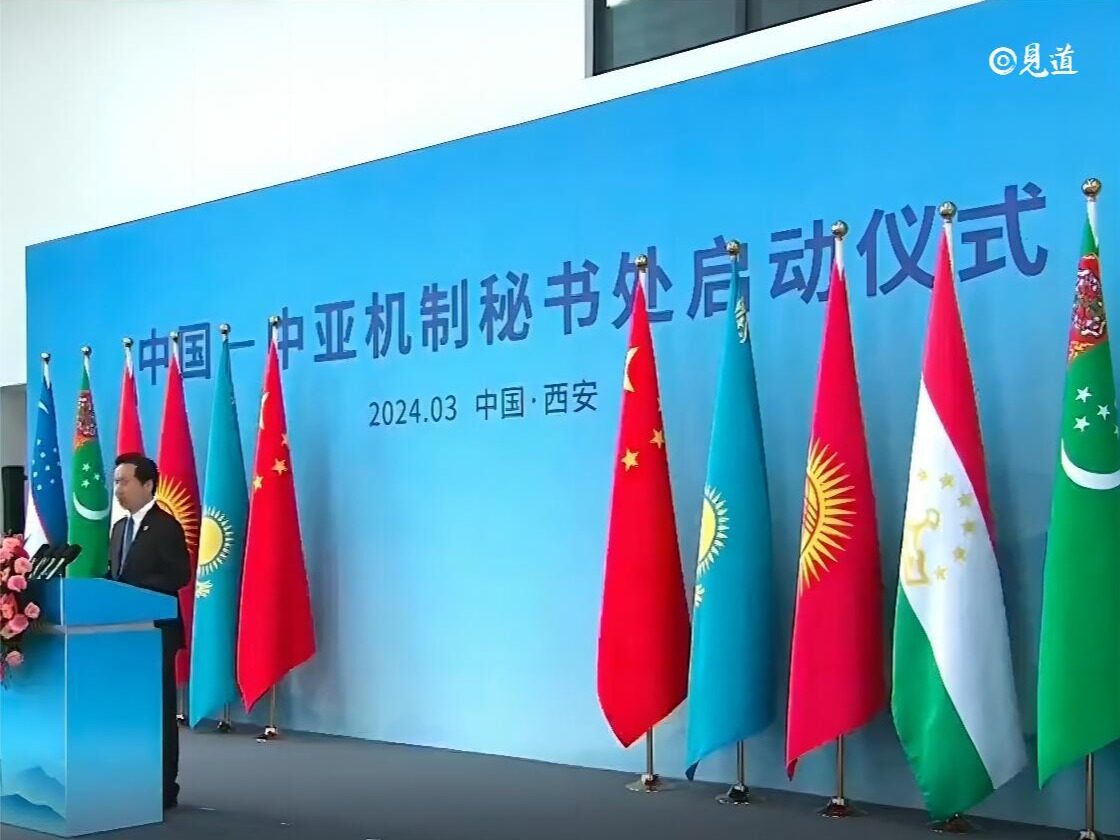
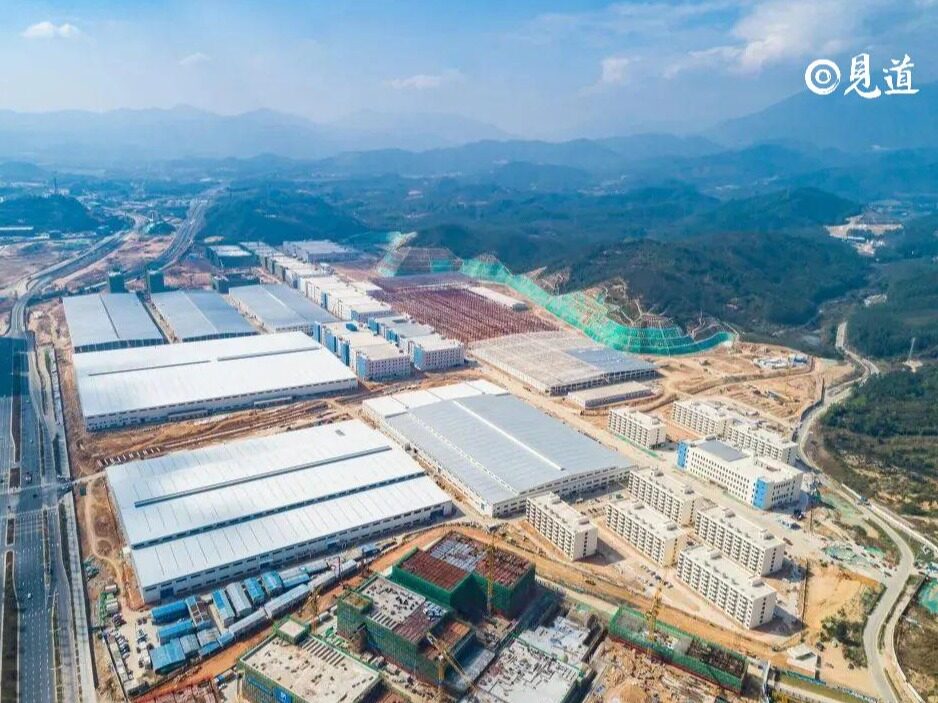

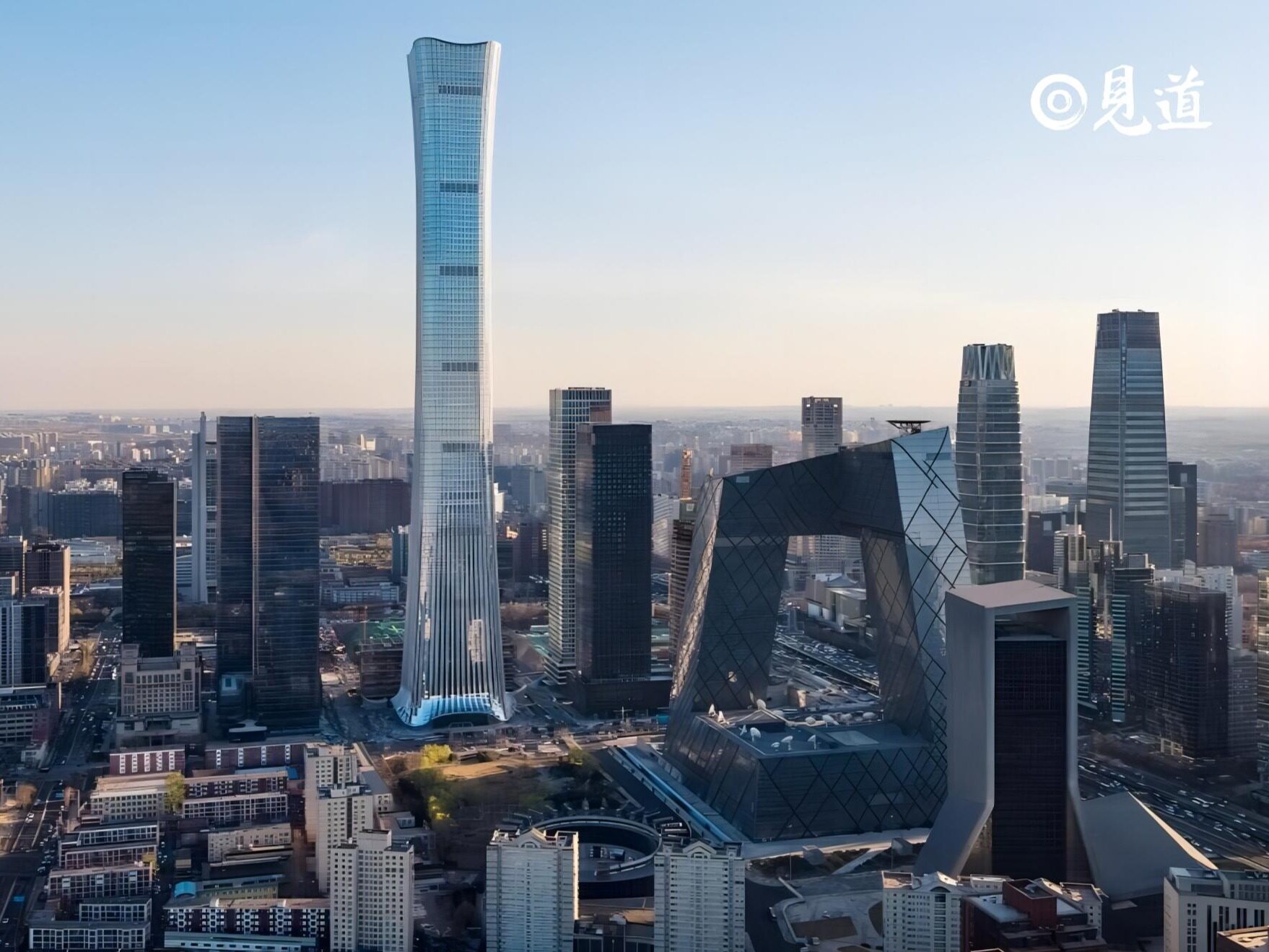






Write something~